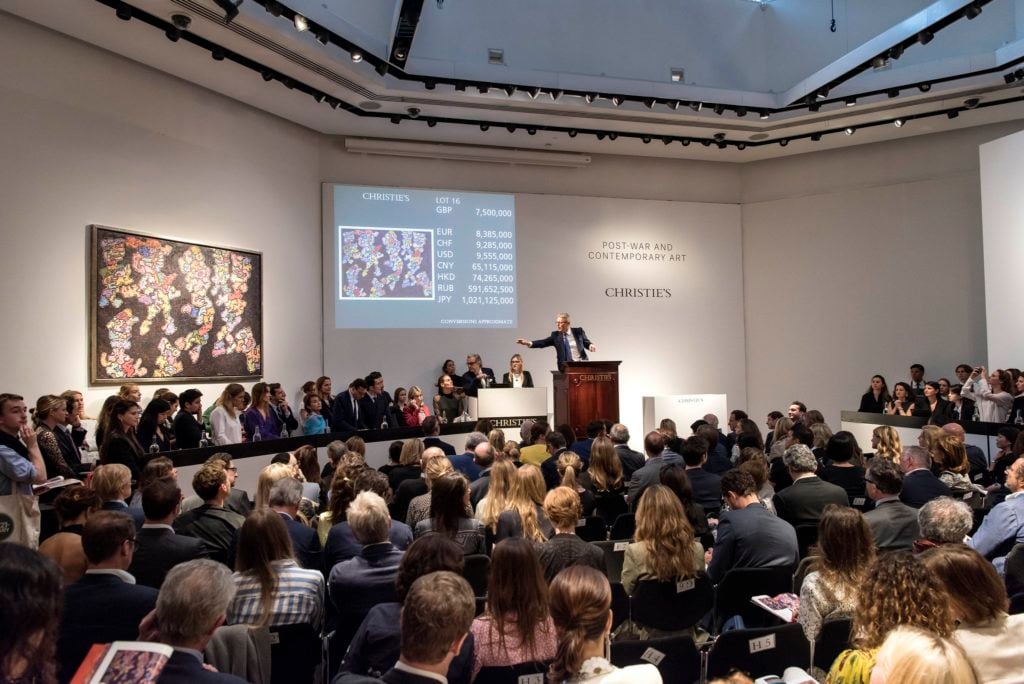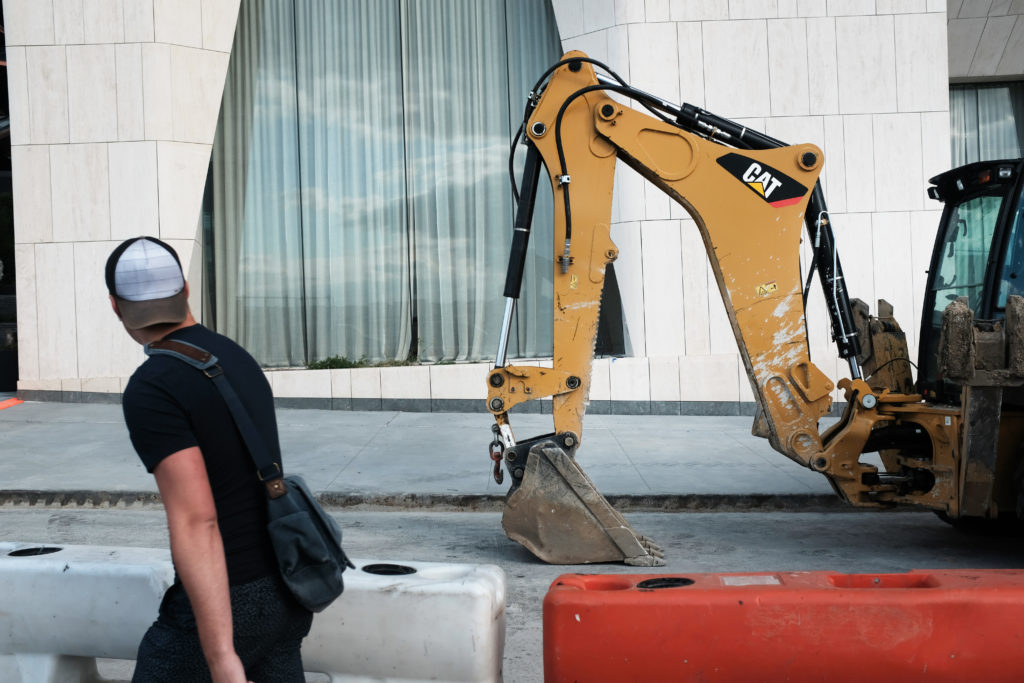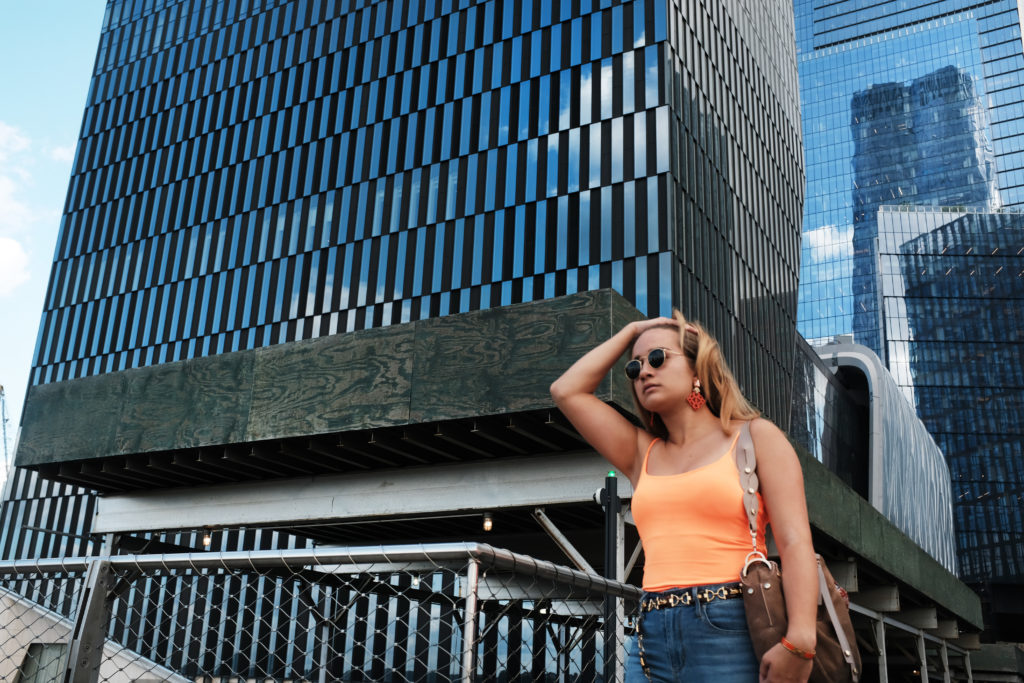Every Monday morning, artnet News brings you The Gray Market. The column decodes important stories from the previous week—and offers unparalleled insight into the inner workings of the art industry in the process.
This week, showing that the top of the art market isn’t suffering alone…
BLANK SPACE
On Friday, the New York Times fleshed out a sobering finding: that about one in four condo units completed in New York City since 2013 remain empty and available, with the majority of them in luxury towers. As it turns out, this statistic chimes with the performance of premier fine-art auctions around the world in 2019.
The condo-vacancy figure comes from a new study of 16,200 condos in 682 buildings by NYC-only online real-estate lister StreetEasy. More jarring still, the site’s senior economist, Grant Long, notes that he thinks his team’s estimate is actually “really conservative,” since it only counts buildings with sales contracts already closing. That means the data excludes the thousands of condos still under construction that are only likely to worsen the glut of high-dollar vacancies once complete.
Of particular interest to me was one supporting stat much closer to the present than the overall figures. According to Stefanos Chen of the Times, “From January to late August, there was a 35 percent drop in the number of contracts signed for new development at or above $4 million, compared to the same period last year.”
Why do I care about this figure? I’m glad I can pretend you asked!

At $11.1 million, a work by Jean Dubuffet was the top lot of the night at Christie’s London Post-War and Contemporary evening auction in June. Image courtesy of Christie’s.
SUGAR, WE’RE GOIN’ DOWN
In the new fall 2019 edition of the artnet Intelligence Report—click through and smash that download button if you haven’t already—one of our headline findings from the first half of the year shows the auction market treading an eerily similar path.
In her patented Data Dive section, my colleague Julia Halperin noted that auction sales of artworks priced at $10 million and up contracted by 35 percent compared to the equivalent period in 2018. That’s right—the exact same percentage plummet that StreetEasy’s study found in sales of condos priced at $4 million and up this January through August.
In fairness, it wasn’t just the $10 million-plus cohort of auction lots that faltered during 2019’s opening frame. Sales actually declined in all price bands except the cheapest ($10,000 and under). And while it’s a bit spooky to see an identical percentage drop for multimillion-dollar assets in these two different markets, I’m not suggesting that art at auction and condos in New York are mirror images of one another. These aren’t even the same metrics, after all. In the condo market, we’re talking about, effectively, sell-through rate for assets above a certain price, whereas in the art market, we’re dealing with a year-over-year comparison of total sales value generated by assets above a certain price.
Despite the apples-to-oranges factor, though, the general consonance between these two markets matters, especially in light of another detail in the Times’s reporting on NYC’s condo-sales cataclysm. Even for condos priced at $4 million or more, the loftiest reaches of the price hierarchy seem to be the most difficult to sell. For instance, the developer behind the Bjarke Ingels-designed XI condo towers in West Chelsea—the ones that lean like they’ve been spaghetti-legged by too many tequila shots—claimed “his sales have been moving ‘wonderfully’ in part because their core product, $4 million to $8 million apartments, has a higher demand than some of the larger, pricier condos built elsewhere.”
If that’s true more widely, the phenomenon tracks even more closely to the queasy performance we’re seeing for artworks above $10 million at auction. And frankly, I’d be a little surprised if it weren’t.

Construction continues on New York luxury condos in September 2019, even as thousands of units across the city remain unsold. (Photo by Spencer Platt/Getty Images)
THE MEANING OF STRIFE
What I’d suggest here is fairly straightforward: We should not view the drastic underperformance at the peak of the auction market or New York’s condo market as isolated phenomena. We should instead view them as linked outcomes flowing from the decisions being made by many of the same ultra-wealthy, investment-minded people who have helped inflate demand in both markets this century, and especially since the start of the recovery from the 2008 financial crisis.
Granted, lately each of these markets has been facing headwinds inapplicable to the other. Chen of the Times calls attention to “recent limits on state, local, and property tax deductions, as well as changes to the mansion tax, which has risen from a flat 1 percent on million-dollar sales to a staggered rate of up to 3.9 percent for sales above $25 million.” On the art side, Halperin notes that “since big-ticket works are increasingly going to their guarantors with little competition, consignors have become more inclined to sell privately rather than in a public auction.”
Yet there are other tectonic shifts clearly quaking both markets, including the Chinese state’s increased scrutiny of its citizens’ wealth. The Times specifically mentions “the retreat of international buyers from China and elsewhere” as a significant contributor to the luxury-condo sales lapse. Similarly, just last Monday, Pace founder Arne Glimcher explained in a public talk at the 92nd Street Y that the mega-gallery exited Beijing partly because “everyone is afraid to show wealth under Xi [Jinping],” meaning that, in his estimation, most of the people who acquire art on the mainland today are tourists. (Remember, the party’s anti-corruption bloodhounds aren’t strictly sniffing around in-country purchases.) Brexit, that continuing political grease fire, certainly isn’t helping anyone selling high-dollar condos or high-dollar art, either.
And with several economic indicators and nearly every media outlet, including the Times, feeding steadily building fears of a general recession just ahead, I’m also certain some of the world’s plutocrats have already been acting on the death-spiral psychology that contributes to economic downturns. People with excess capital tend to get conservative about spending once they get spooked that a contraction might hit, and by depriving the economy of their spending, the same people make their worries much more likely to come true. It would be hilarious if it weren’t tragic for so many everyday people.
In the end, this is another golden reminder that many, if not most, of the buyers spraying millions of dollars at trophy artworks have been viewing them as alternative investments on the same order as luxury condos in the Empire City (and, let’s be honest, should be). You can certainly doubt Glimcher’s sentiment in telling author Michael Shnayerson, his counterpart in the 92nd Street Y talk, “This market has nothing to do with art. It’s become a hedge, and I don’t like it.” But you shouldn’t doubt his underlying analysis. And in that sense, the trouble at the apex of New York’s condo market impacts the art world a lot more than most of us wish it did.
[The New York Times | artnet Intelligence Report]
That’s all for this week. ‘Til next time, remember: If you stay on top long enough, eventually there’s only one other direction to move.








